Choosing the right photographic equipment for a safari
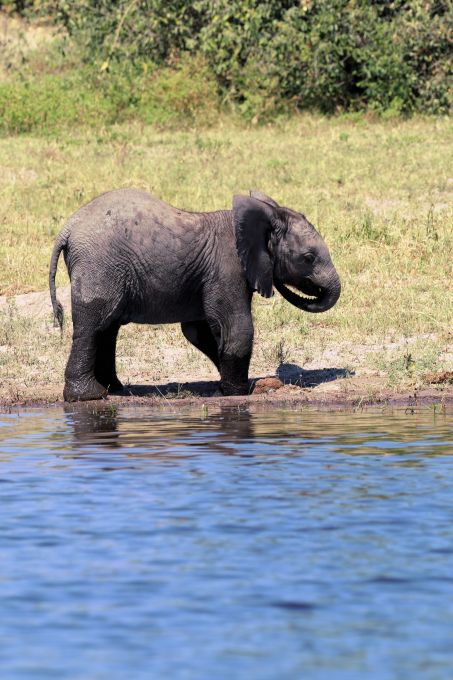
In April I was fortunate to go an my first African safari with Audley Travel. The safari involved a mixed river boat excursion on the River Chobe (Namibia and Botswana) and a land-based private reserve to Pyndha in South Africa.
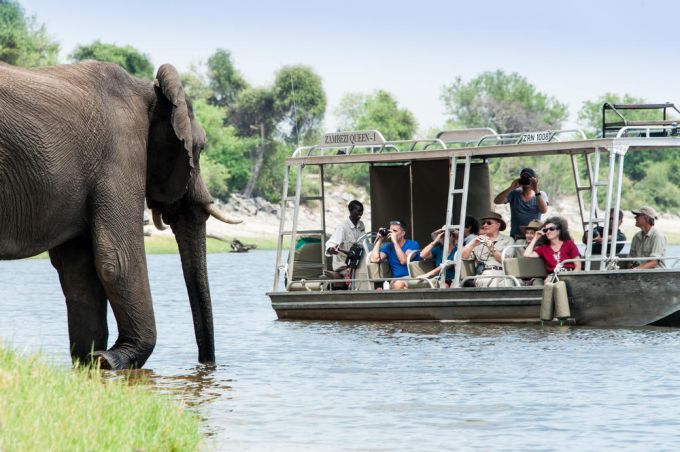
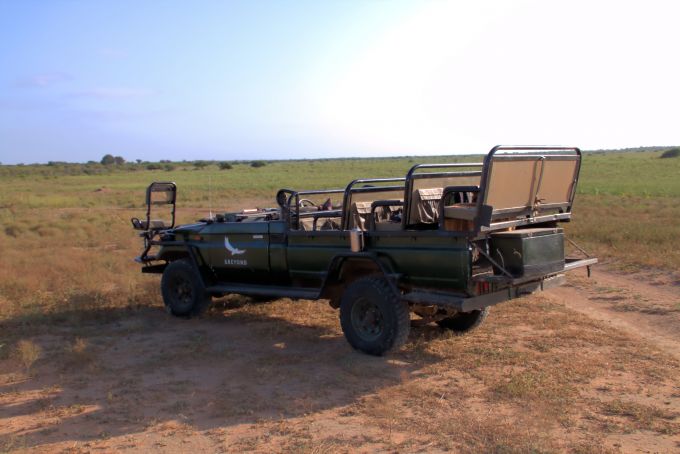
Of course, everyone wants to come back with memorable photos from such a trip and with plentiful sunshine, most digital (or film) cameras will give you a fair chance of having a good portfolio. The problem is how to get close enough to come home with stunning photos that you’ll want to share.
Don’t forget the binoculars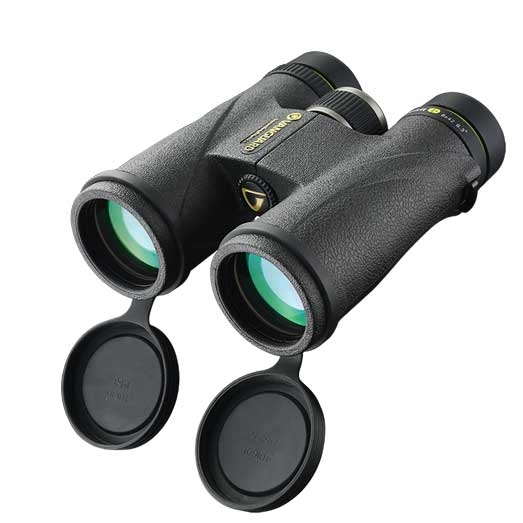
As a photographic retailer, no one understands the importance of a quality image more than Firstcall, however the most important optical equipment on your safari is not a camera – but a good pair of quality binoculars. We have access to all the major camera brand binoculars, but I settled on the Vanguard Spirit ED 8x42 binoculars, after research, because they produce outstanding light transmission and superior low light performance whether on a dawn or dusk game drive. Their advanced lens and prism design with Japanese ED glass means you’ll get up-close and personal with nature and they’re light enough to not worry about carrying around with you. At around £200 they’ll be great for normal use when you get home too.
Weight and see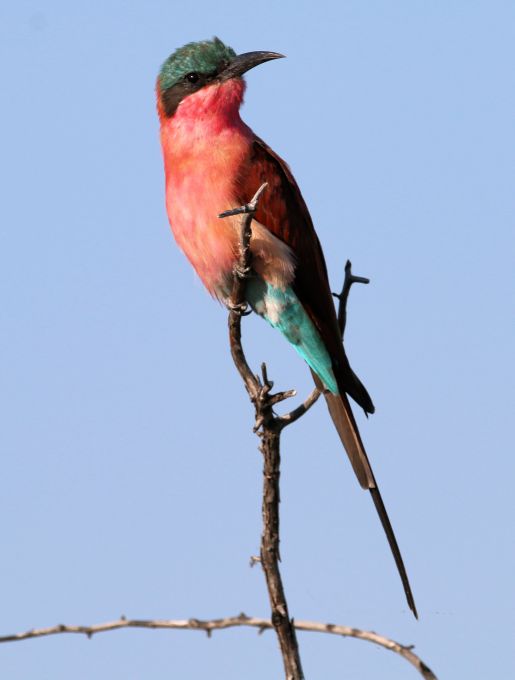

Being a mixed safari, the task of selecting the right camera equipment was never going to be easy. River boat excursions are famous for exotic bird sightings yet take too powerful a lens combination for land-based safaris meaning you could end up being too close. A multiple number of lenses can also add to the weight you carry – a factor important not only for your posture and comfort but also for airline cabin baggage reasons.
Compact camera or SLR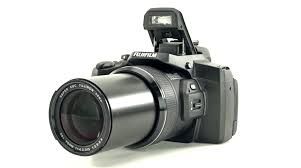
The most important selection is therefore the lens(es) that you use with your camera to get those telephoto shots. If you use a digital compact camera you may be tempted to use a camera with a long zoom lens built-in. We often call these cameras “bridge” models because they bridge the gap between a normal compact camera and an SLR (single lens reflex) interchangeable lens model. It’s not uncommon to find them with an optical zoom with a range of 24mm–1200mm like the Fuji FinePix S1. These cameras will get you close enough, but often fall down on stabilisation and therefore picture sharpness – especially noticeable in bird pictures.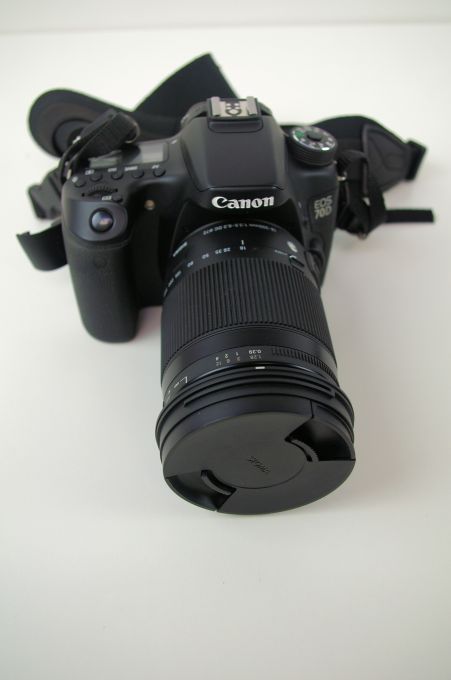
The best option then is to choose an SLR camera. It doesn’t really matter which make you choose. Most SLR cameras come with a “standard” 18-55mm short zoom lens included. The natural inclination is then to add to this range by buying a telephoto lens to take with you. Typically this would be a 70-300mm lens and this would be your cheapest option for any safari holidaymaker. While 300mm gets you close enough for most eventualities there are many shots where you just need to be that bit closer – i.e. the bird in a far-off tree or a big cat eating their kill in the morning light.
Our recommendation of SLR camera lenses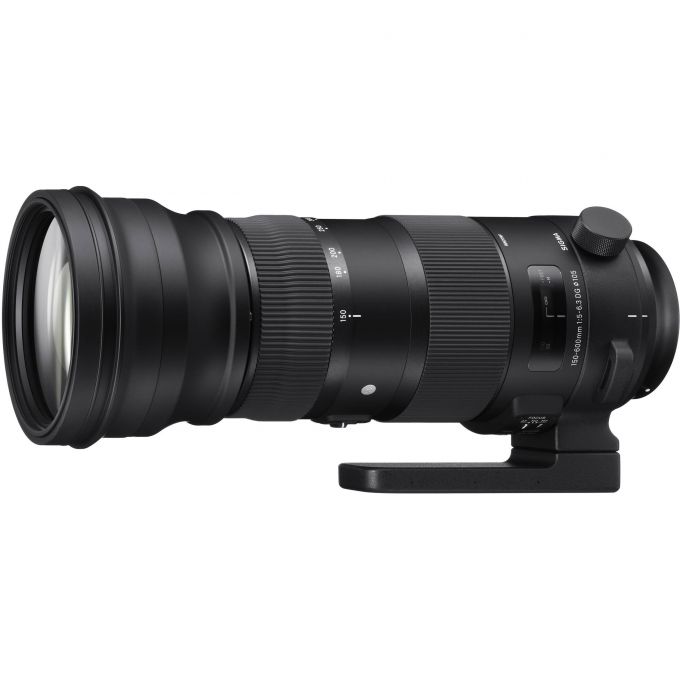

With the caveat above, we decided the most important lens to take would be one that extended that 300mm range, yet one that was light enough to hand hold. The perfect lens to choose here is therefore the Sigma 150-600mm f/5-6.3 DG OS. Coupled to this we opted for not the “standard” lens given with the camera, but a new “all-round” accompanying lens which was the Sigma 18-300mm f3.5-6.3 DC Macro OS. Both lenses are optically stabilized, giving you pin-sharp pictures even when your game vehicle is bumping around the terrain. Remember, there’s no space for a tripod when you’re in a game vehicle so everything needs to be hand-held.
Also, don’t forget a flashgun. At dawn or dusk game drives, it’s really useful to have a little added flash power to capture heavily camouflaged animals like baboons in trees. We took a Sigma EF 610 with its zoom and bounce facility which automatically links to the camera’s TTL metering system which makes flash photography a breeze.
How to store and carry your equipment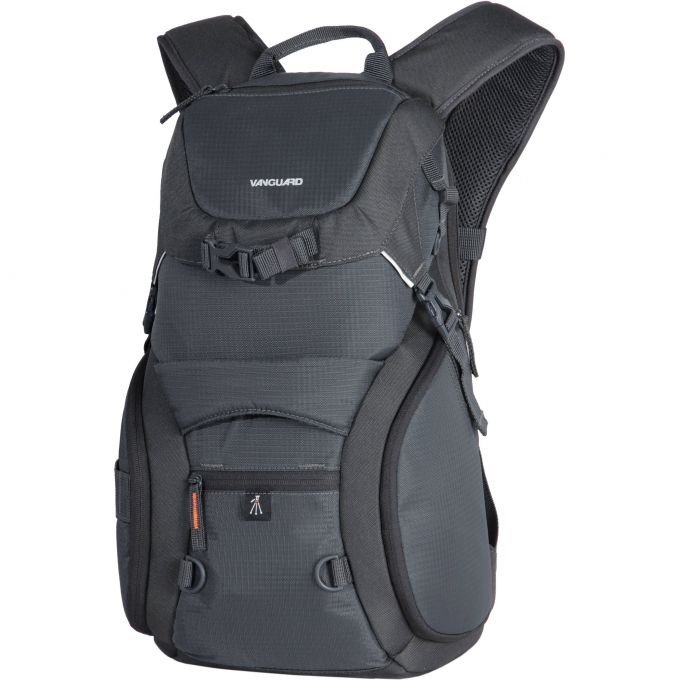
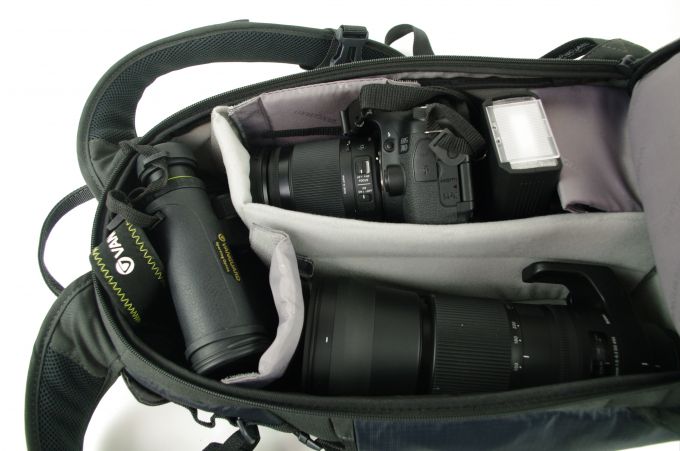
This is almost as important as the equipment selection. You need a camera bag that’ll protect your valuable equipment yet be light enough to not be burdensome. We recommend the best bag we found which is the Vanguard Adaptor 48. It’s a backpack, which’ll hold all of the above recommend equipment. It’s well padded and even has a weatherproof cover if you get caught in showers. We used this complete backpack for our cabin baggage, but didn’t always take the complete bag with us on drives. With space at a premium, we also took a mini-shoulder bag, the Lowepro Nova 170AW. This was stowed away in our main luggage put used when the camera only needed the “all-round” 18-300mm lens, for instance in sightseeing or helicopter rides when taking the long telephoto lens would be inpractical.
In summary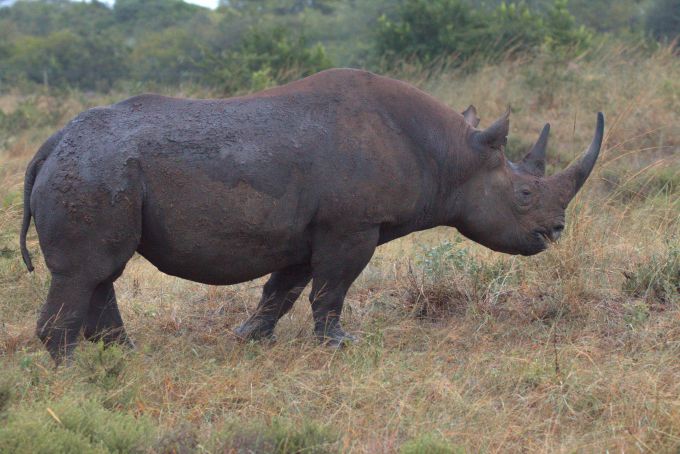
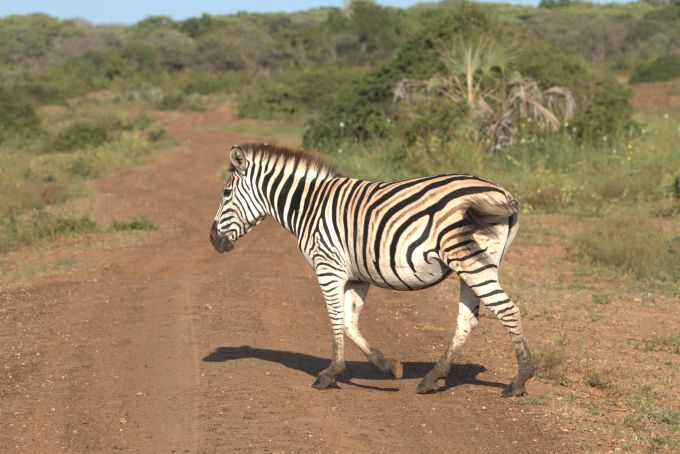
Just like with the other parts of your holiday, photographic equipment needs careful forethought and planning to make sure your pictures are memorable and the best quality attainable.
Finally, don’t come home from a safari without your two “trophy” shots. Ours were a black rhino (one of only 4000 left in the world) and just because we had to – a Zebra Crossing.
I hope our own experiences will be beneficial to all who read this blog.- 9th May 2016
